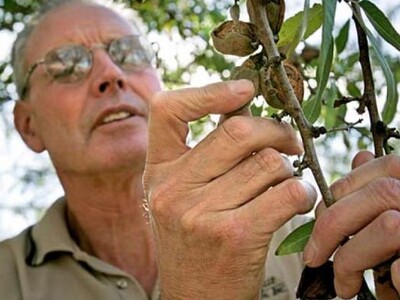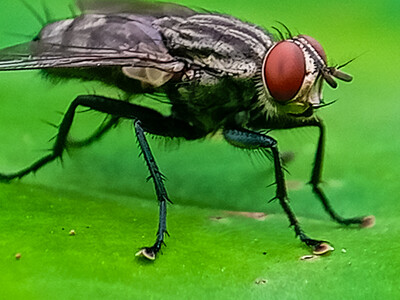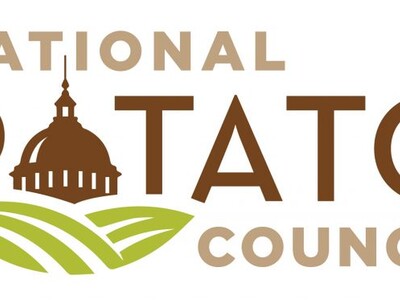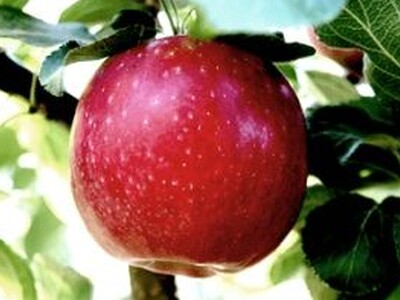Eliminating Stink Bugs
A natural predator of the brown marmorated stink bug has found its way into Oregon on its own and that could hasten controlled releases of a biological control agent to fight the invasive pest:
Chris Hedstrom, an entomologist with the Oregon Department of Agriculture, is the first to discover the good bug, Trissolcus japonicus, in a cluster of exotic stink bugs set out as a trap in downtown Portland. It’s the same tiny wasp that has been reared for the past four years by ODA in a quarantine facility at Oregon State University with the hopes that it can be released as a biocontrol agent to fight the stink bug:
HEDSTROM: “It’s interesting because we’ve been working on this for so long trying to get it released and then to find it in the field and to see that it is attacking stink bugs in the field, that’s really encouraging that we might have something here that’s going to make an impact on the populations of BMSB.”
The discovery that the wasp has come into Oregon on its own might speed up the approval process by USDA for targeted releases of the lab version. It can’t come soon enough now that brown marmorated stink bug is becoming an agricultural pest in addition to invading homes throughout Oregon by the thousands.
HEDSTROM: “Last year, we started to get the first response from growers. They were starting to see what they thought was stink bug damage. A lot more stink bugs showing up in their orchards, specifically in hazelnuts. This year we saw the same thing early on.”
The tiny wasp parasitizes stink bug eggs. Complementing its spread with intentional releases of wasps reared in the lab will certainly speed up the ability to control brown marmorated stink bug in Oregon.













